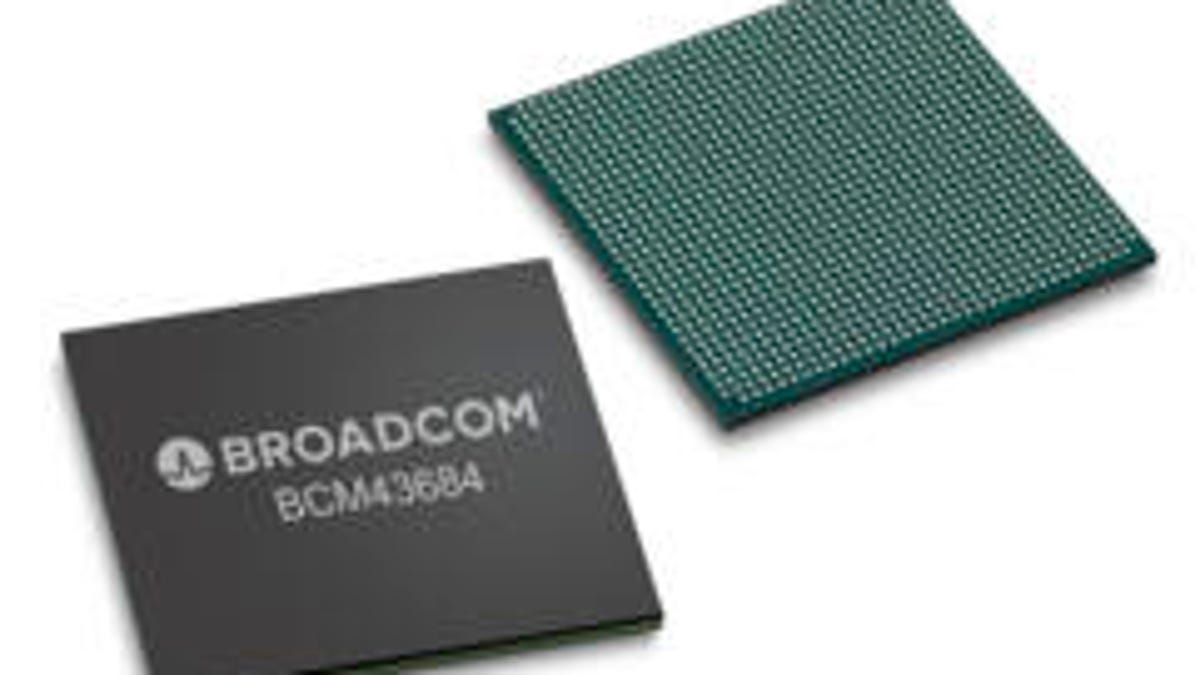Broadcom jumps in with Wi-Fi 6E chipsets for better, more capable routers
The systems-on-a-chip will enable residential routers and other devices to take advantage of the 6GHz band if regulators open it up for Wi-Fi.
Last week, the Wi-Fi Alliance announced a new designation called Wi-Fi 6E. It signifies next-gen Wi-Fi 6 devices that are also equipped to take advantage of additional spectrum on the 6GHz band, which regulators at the FCC seem poised to open up for Wi-Fi use. Now, at CES 2020, Chipmaker Broadcom is revealing new systems-on-a-chip that support the designation for both enterprise and residential use. That should pave the way for new routers that can take full advantage of the new spectrum once it's opened up.
Translation: Wi-Fi 6 routers are potentially about to get some new capabilities on top of existing Wi-Fi 6 benefits, like faster top speeds and more efficient performance.
"As momentum accelerates around availability of 6GHz, Broadcom is excited to be on the forefront of Wi-Fi technology paving the way for ecosystem adoption of Wi-Fi 6E," said Greg Fischer, senior vice president and general manager of the broadband carrier access products division at Broadcom. "With the industry's broadest portfolio of Wi-Fi 6E silicon, we will enable our customers to build a variety of products that unlock the tremendous potential of 6GHz spectrum."
Locating local internet providers
The new chipsets include a number that are intended for enterprise and industrial use, as well as several that are aimed at residential use. Those include the Broadcom BCM43684, which, in addition to enabling Wi-Fi 6E, is capable of supporting four simultaneous streams of 802.11ax, Wi-Fi 6 connections, and up to 160MHz of channel bandwidth.
That width is one of the really exciting points of potential for the 6GHz band. With a total frequency range of 1,200MHz -- up from 70MHz on the 2.4GHz band and 500MHz on the 5GHz band -- the 6GHz band can support up to seven of those 160MHz streams. That opens the door for high-bandwidth applications like 4K video streams and augmented reality applications to move lots of data around at Wi-Fi 6 speeds with relative ease.
Locating local internet providers
"Building on Wi-Fi 6's use of OFDMA and other advanced features, Wi-Fi 6E will allow Wi-Fi to expand into new applications," said Phil Solis, research director at market researcher IDC.
It shouldn't take too long for chips like these to make their way into new Wi-Fi 6 routers -- assuming they aren't in some of them already. TP-Link has already confirmed to CNET that it has a Wi-Fi 6E mesh router, the Deco X96, coming later this year, though it's unclear where the internal hardware is coming from. Meanwhile, Netgear says that it's on board with Broadcom's efforts, so expect to see Wi-Fi 6E routers from that company, too.
"Netgear is excited to partner with Broadcom to build a portfolio of Wi-Fi 6E enabled products," said David Henry, Netgear's senior vice president of connected home products. "The new spectrum will accelerate the adoption of 160MHz transmissions, which in turn will unlock a whole host of applications that will require high throughput and low latency."
We'll keep an eye out for routers like those and any other Wi-Fi 6E developments and keep you posted throughout 2020.


